I’ve tested the Honor 400, and it’s a lot of the Pro camera experience for a lot less cash
Diluted-down budget handset keeps a lot of features from its pricier big brother
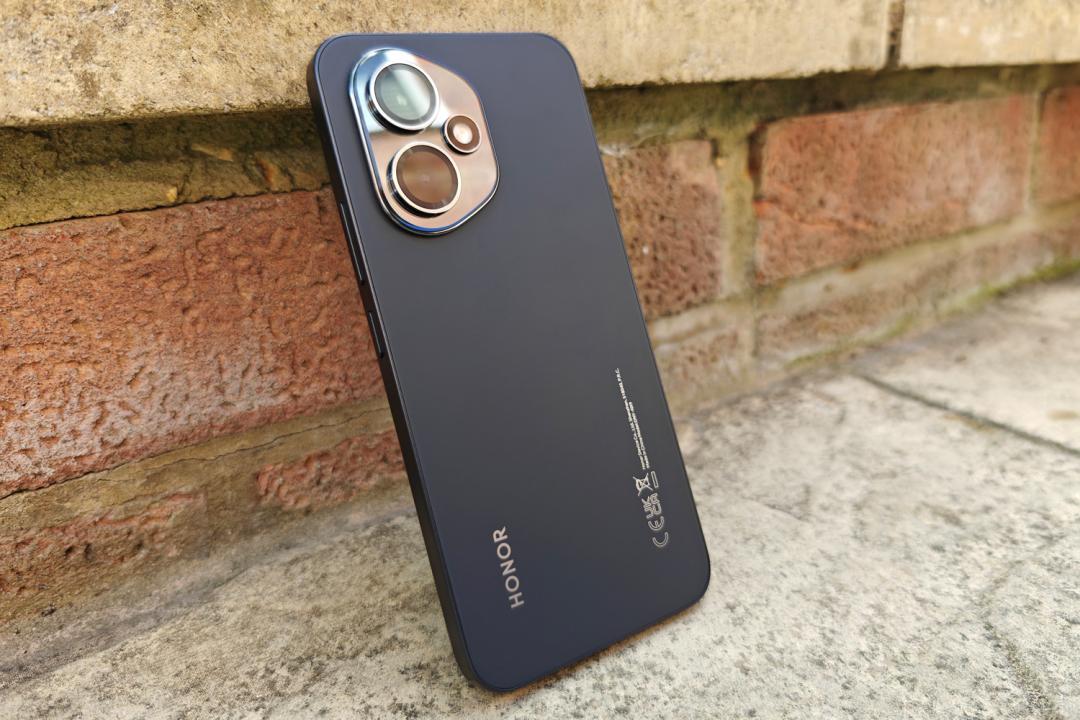
Stuff Verdict
A sharp-suited cameraphone with decent budget performance and battery life. The Honor 400 doesn’t skimp on AI either – but faces fierce competition at this price.
Pros
- Clean styling belies the plastic build
- Very capable main and selfie cameras
- Impressive number of AI-assisted apps for an affordable phone
Cons
- Not a huge year-on-year upgrade
- Only average performance and battery life
Introduction
Honor looked to be onto a good thing with its new mid-range 400 series. There was seemingly something for everyone, with a three-camera mid-ranger leading the way, an iPhone-aping Lite chasing cheap phone supremacy, and this, the Honor 400, sitting in the middle.
It promised a lot for your £399/€499 (as ever with Honor, there’s currently no official way to buy one in the US), including a 200MP lead snapper and more AI-infused software than you’d usually find at this price. It was most of the Honor 400 Pro for half the money. Job done, right? Maybe… until the Poco F7 turned up with its colossal battery and more potent processor.
Now it doesn’t seem like quite such a slam dunk – but after a few weeks of testing, there are still enough things this wallet-friendly phone does well that it deserves your attention.
How we test smartphones
Every phone reviewed on Stuff is used as our main device throughout the testing process. We use industry standard benchmarks and tests, as well as our own years of experience, to judge general performance, battery life, display, sound and camera image quality. Manufacturers have no visibility on reviews before they appear online, and we never accept payment to feature products.
Find out more about how we test and rate products.
Design & build: sharp dresser
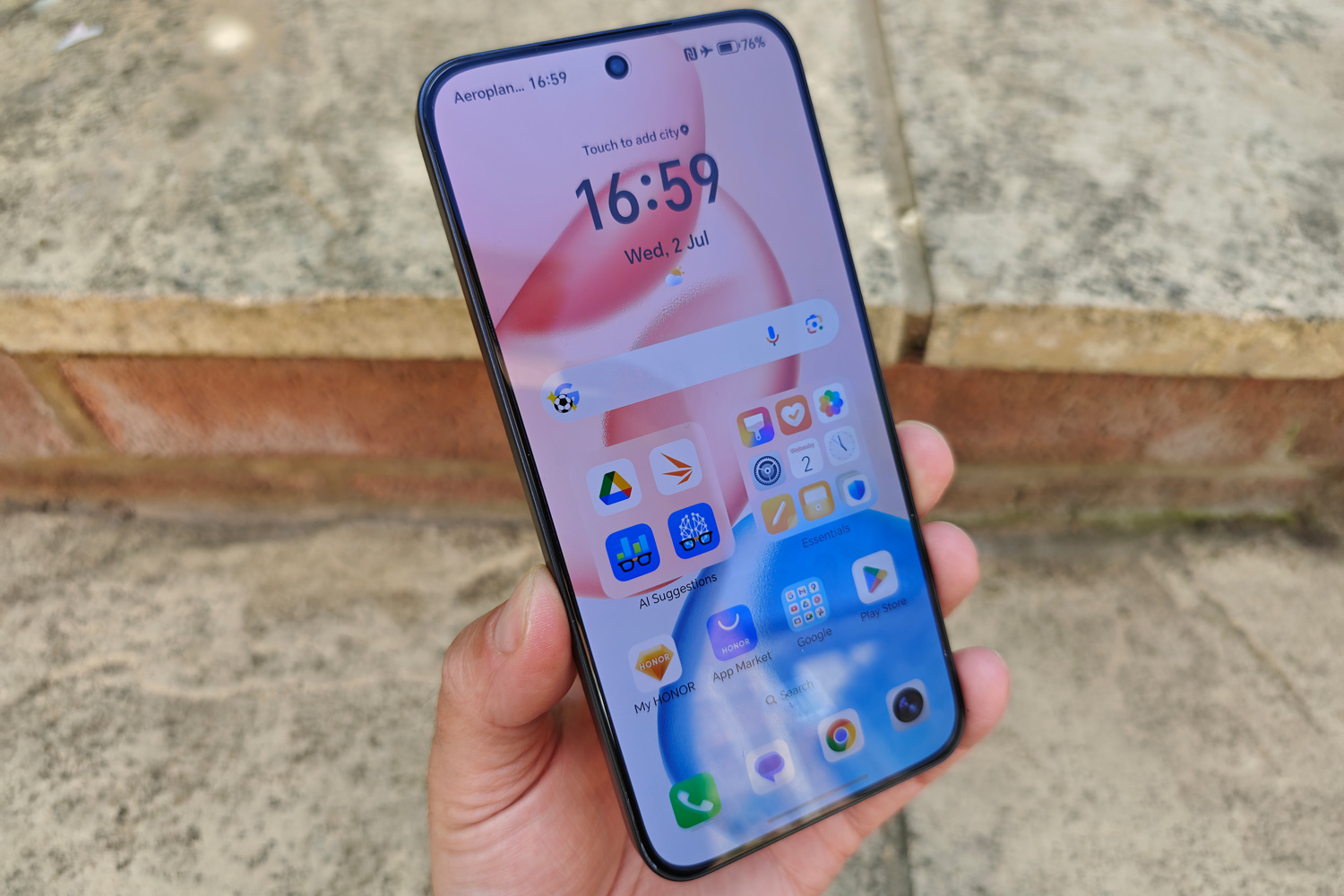
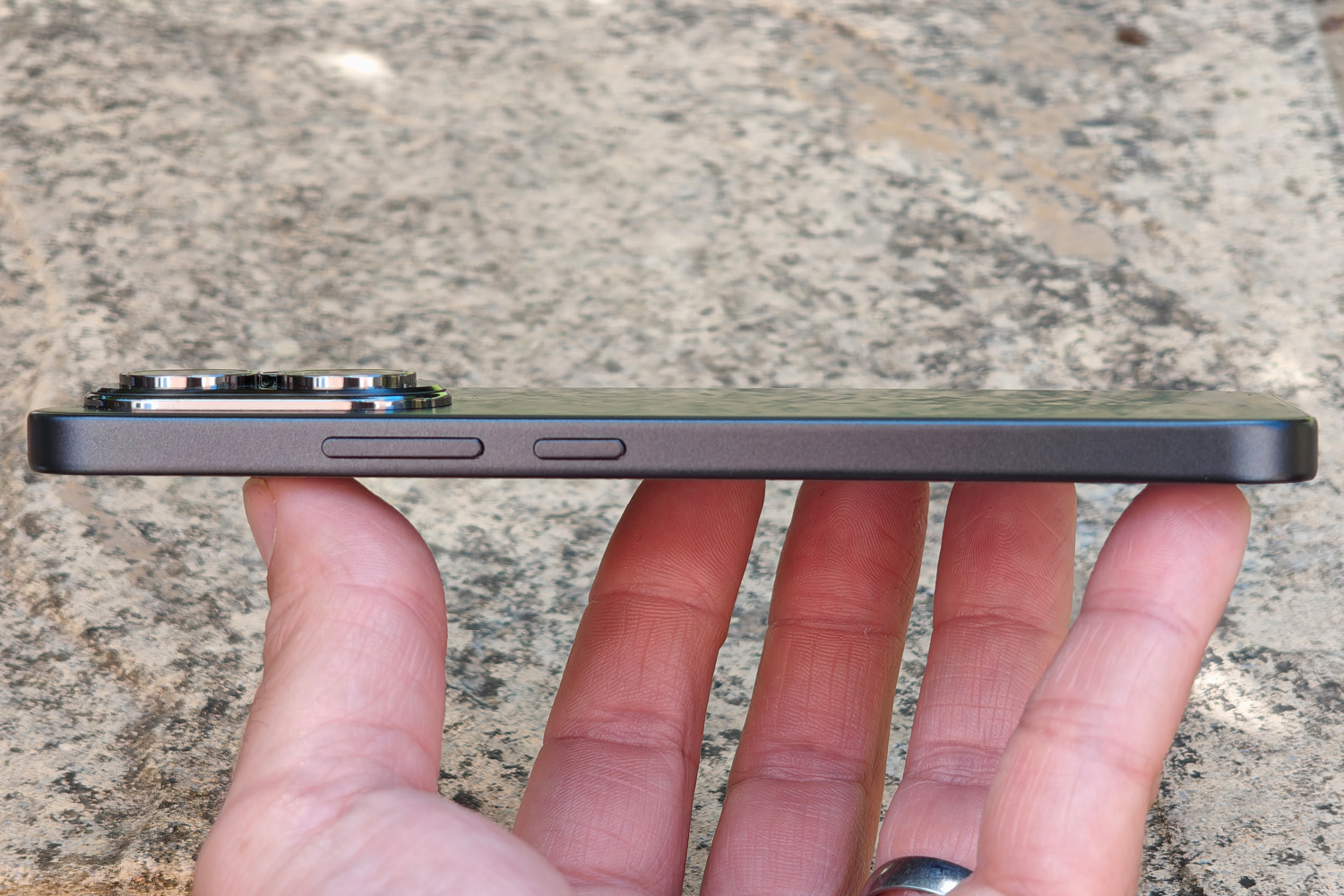
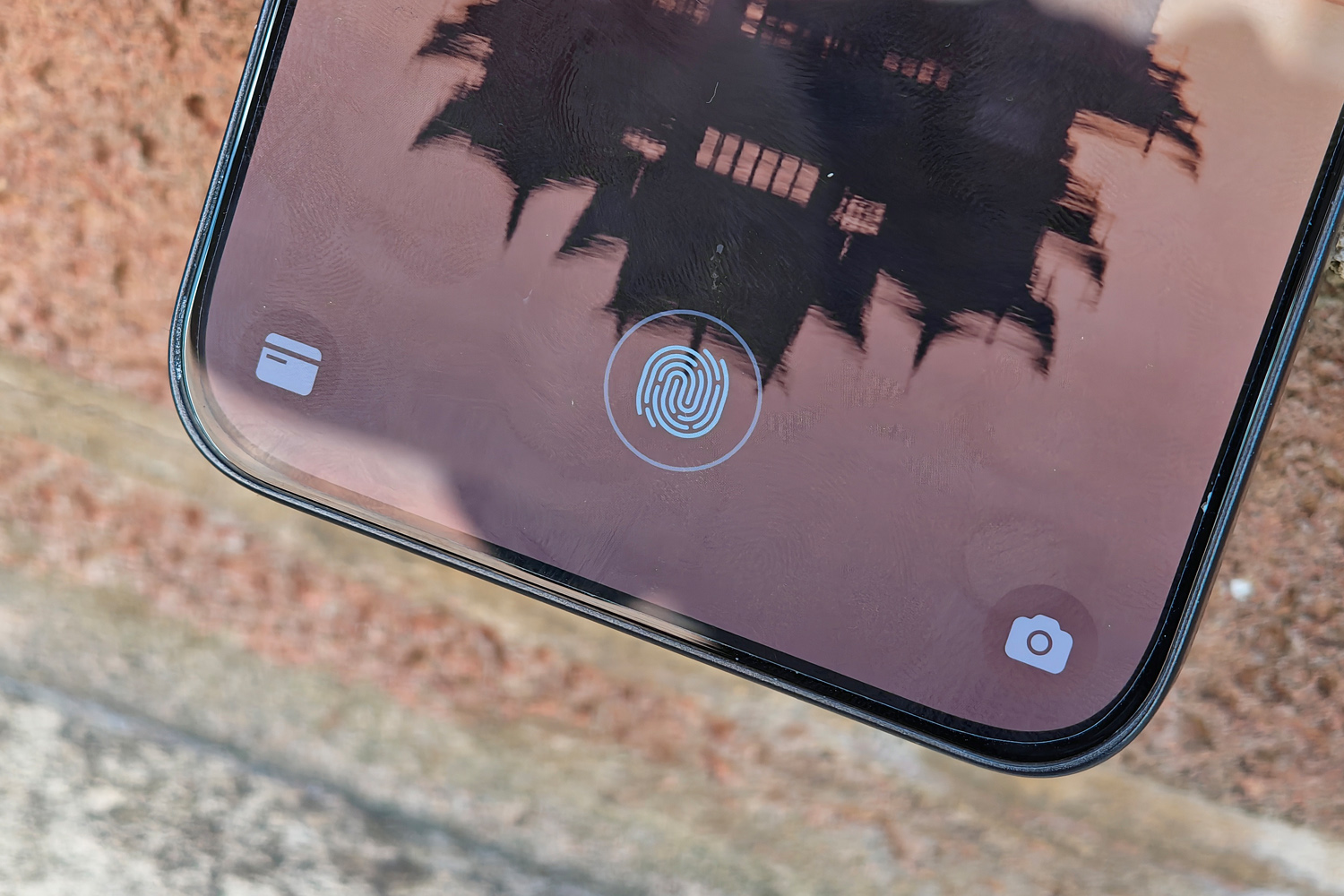
You can definitely see a family resemblance, but the Honor 400 isn’t a carbon copy of the 400 Pro – and happily doesn’t stray too far into iPhone pastiche territory like the Honor 400 Lite. That distinctive rear camera island sets this handset out as its own thing, even though the flat mid-frame and faux frosted glass rear panel could quite easily be mistaking for something from the Apple or Samsung stables.
The all-plastic build does give away that this is a budget phone, but you’d need to pick it up to tell. From a distance it looks quite flash, even in my review unit’s black colour. Honor has played it safe here, with the silver and gold variants looking more subtle than showy. The firm’s flair for more distinctive colours hasn’t carried down from its flagship models this year.
Up close, the materials avoid feeling cheap and the whole thing has a considerable heft to it. Some affordable phones can feel a little hollow, or show some flex in their back panels, but there’s none of that here. An IP65 rating should provide some reassurance when it starts to rain, and the hardened front glass should hopefully survive accidental impacts.
You don’t get the AI camera button seen on the 400 Lite here. It’s unusual that the cheapest version would be the one to take the lead on that particular feature, given we’ll almost certainly see the iPhone Action button-style functionality on a lot more phones in the future. About the only thing of note around the edges is the IR blaster at the phone’s top edge, letting you control older, non-smart gadgets from your phone screen.
Biometric security is by an under-display fingerprint sensor, which sits a sensible distance from the phone’s bottom edge. It uses capacitive tech, rather than the faster, pricier ultrasonic kind, but I had no problems with it recognising my digits.
Screen & sound: from a class above
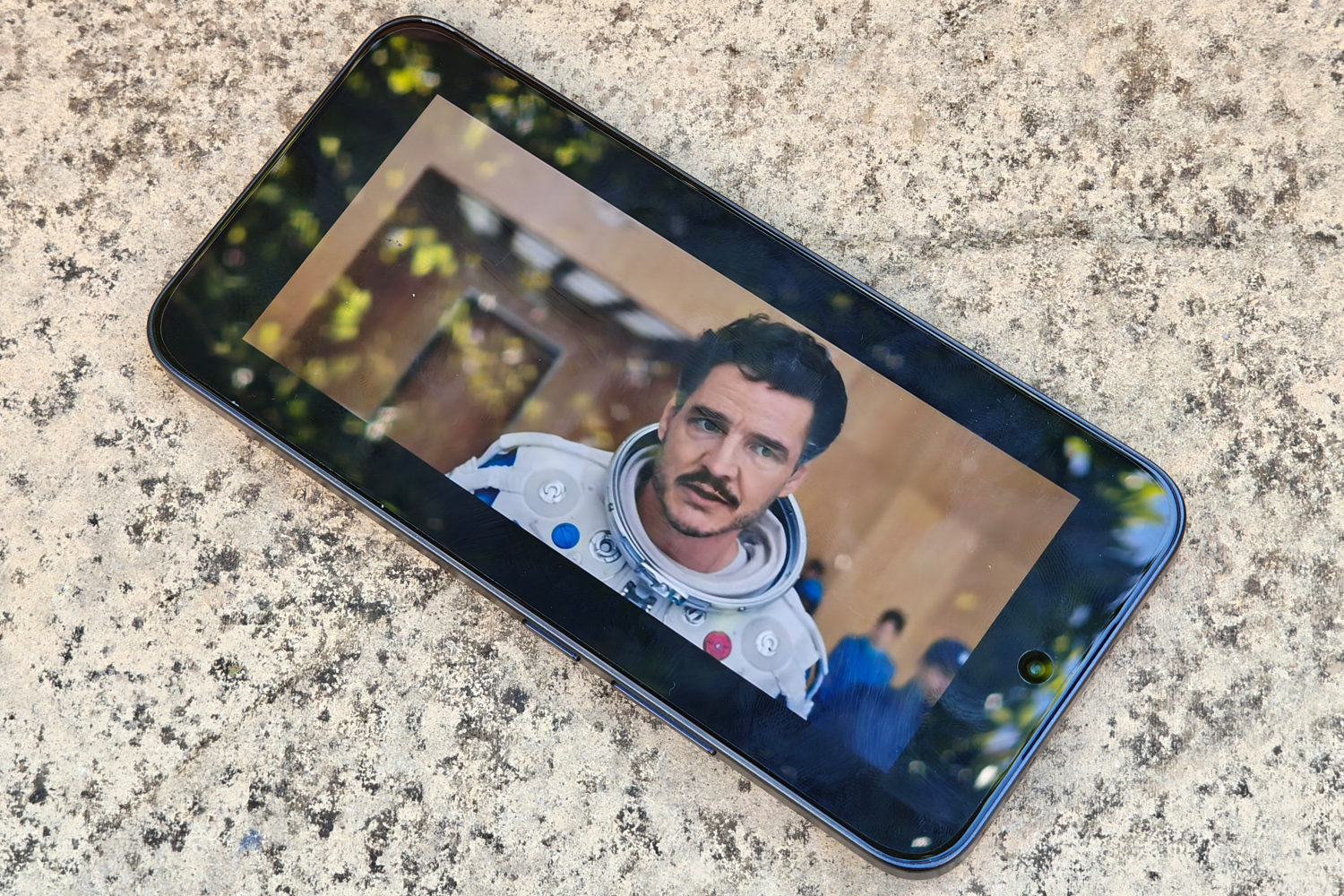
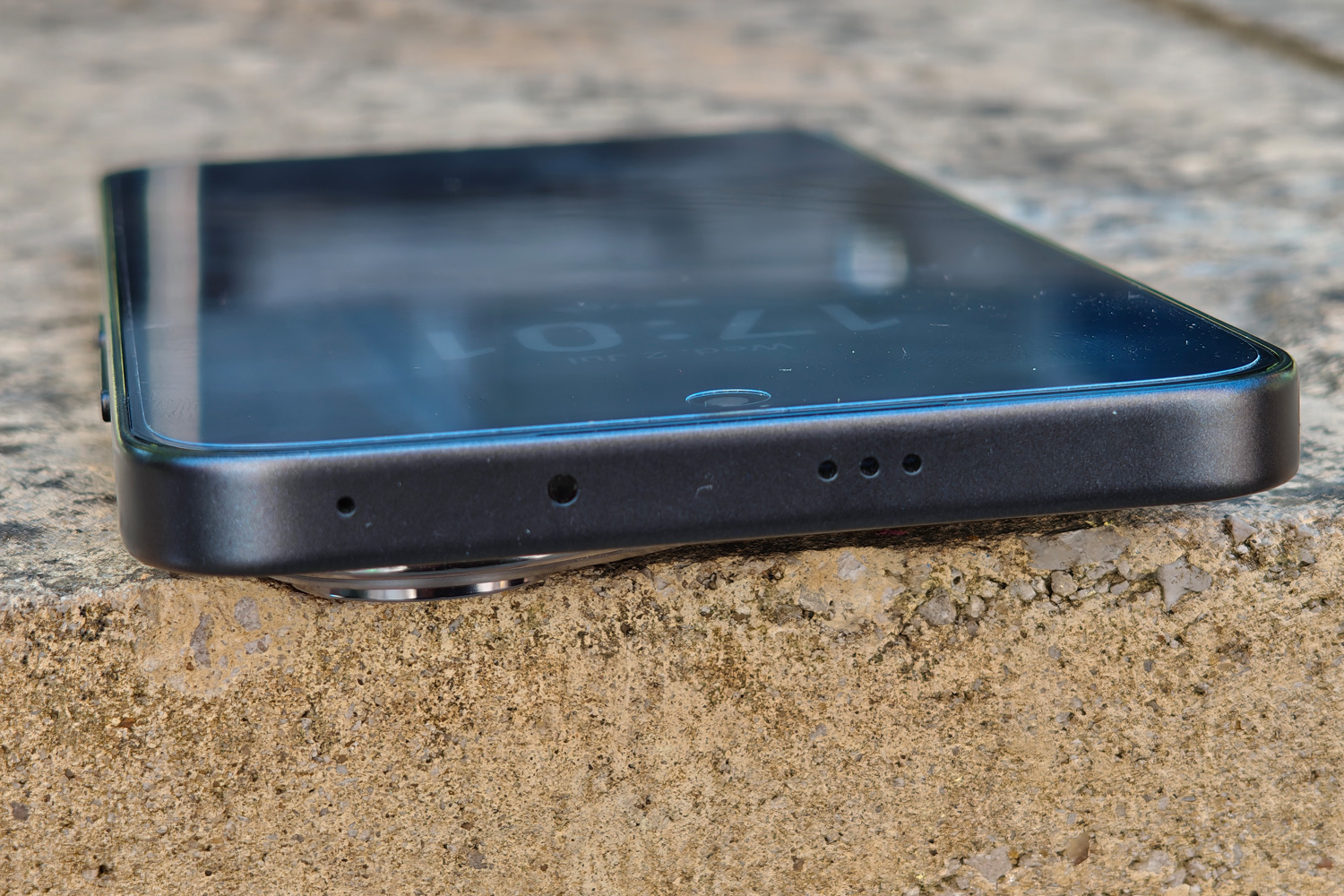

The Honor 400’s 6.55in AMOLED screen might be smaller than that of the Pro’s, but it’s no less capable. Resolution is a close enough match that pixel density is all but identical, and perfectly crisp at arms’ length. The glass is flat here, rather than with a 2.5D curve at the edges – which could go down well with anyone that isn’t a fan of curved screens, no matter how subtle.
It’s an OLED, so viewing angles are excellent and contrast is superb. It helps that the panel can boost brightness as high as 5000 nits, and while that figure only applies to a tiny part of the screen at any given time, HDR video content still gets properly punchy. Outdoor visibility was great, shining as brightly as some high-end phones costing several time the price.
Given the budget I wasn’t surprised to see a 60-120Hz adaptive refresh rate, rather than the more flexible 1-120Hz enabled by LTPO tech. It was quick enough to react to my inputs and onscreen motion that I never felt the need to force 120Hz on all the time, though. Everything felt seriously smooth for the most part.
Honor makes a big deal about its eye comfort tech, and you’re getting pretty much the lot of it here. High frequency dimming lowers eye fatigue, there are settings to automatically adjust colour temperature and filter out blue light wavelengths that can keep you up at night, and the defocusing mode softens the edges of the screen to give your retinas a rest.
I had no complaints about the Honor 400’s speakers, which get plenty loud enough and produce decent enough sound. The down-firing main driver and earpiece tweeter combo are tried-and-tested by this point, and while they don’t have much in the way of bass, they weren’t overly tinny either.
Cameras: pixel peeper
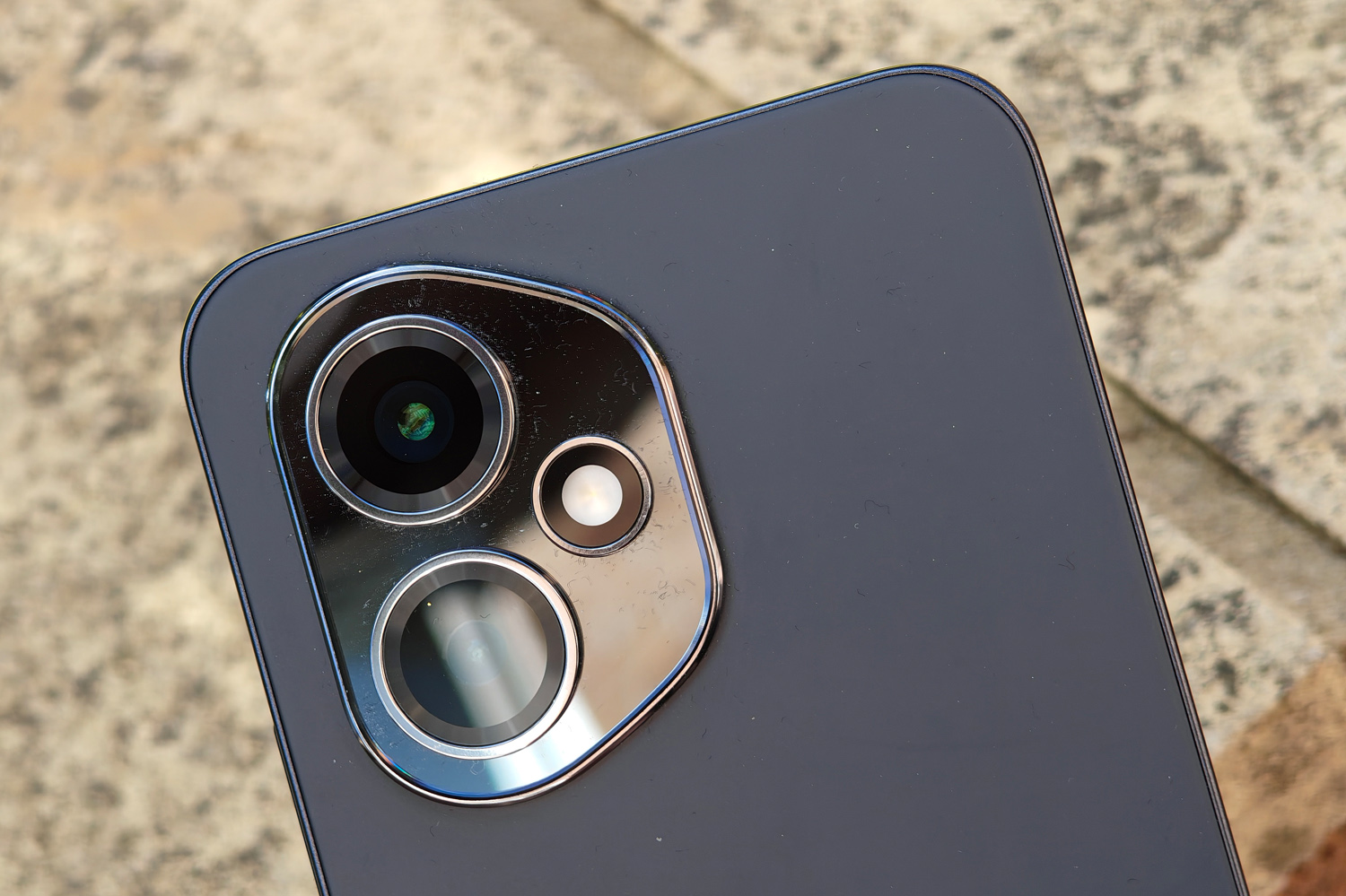
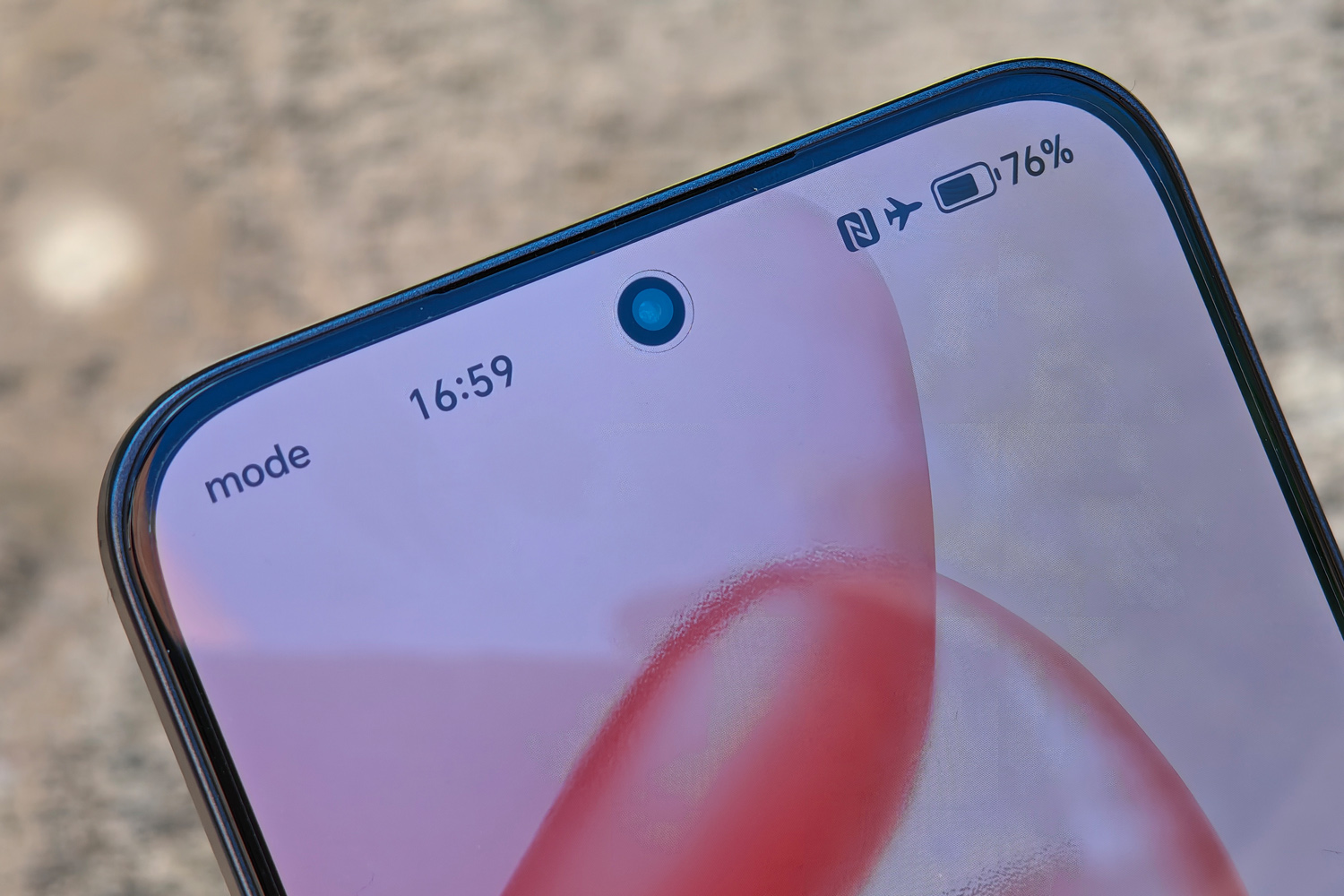
Missing telephoto lens aside, there’s very little to separate the Honor 400 from its Pro big brother here. Both have a 200MP lead snapper, complete with optical image stabilisation, and both have a 12MP ultrawide that can double as a macro camera; a focus distance of 2.5cm is very close indeed. There’s also a 50MP sensor behind the punch-hole selfie lens up front.
With so many pixels, the lead lens is able to crop in for 2x and even 4x zoom snaps that are surprisingly clean and composed when capturing well-lit subjects or scenes. 4x shots are softer, sure, but hold up well under scrutiny. 2x images are wonderfully sharp and a near-perfect match to 1x shots.
It helps that Honor’s image processing doesn’t go overboard on the image sharpening, while colours and contrast are natural-looking and true-to-life. Dynamic range is great for the most part, only sometimes struggling to expose especially bright highlights as it tried to maintain shadow detail.
The ultrawide lens is a noticeable step back in detail, with softness at the edges of the frame and more evidence of strong image processing. I did think colours were a close match to the main camera, though, and its ability to shoot macros adds to the phone’s toolbox. You really can get very close to your subject.
Low-light shooting isn’t class-leading on either camera, but it’s the ultrawide that drops off first. The lead lens is better able to preserve detail, cope with bright light sources, and keep noise to a minimum.












Google’s Leo image and video generation model comes baked into Honor’s image gallery now, letting you create some genuinely impressive/eerie short video clips from your still photos. Not every one is convincing, and you have no control over what kinds of camera movement, subject animation or offscreen characters it’ll introduce, which can make for some surreal creations. There’s a ways for the tech to go before I’d consider paying to use it.
This is on top of the now-familiar generative image expansion, smart subject cutouts, and reflection or background object removal tools most phone brands are going big on.
Software experience: AI starts here


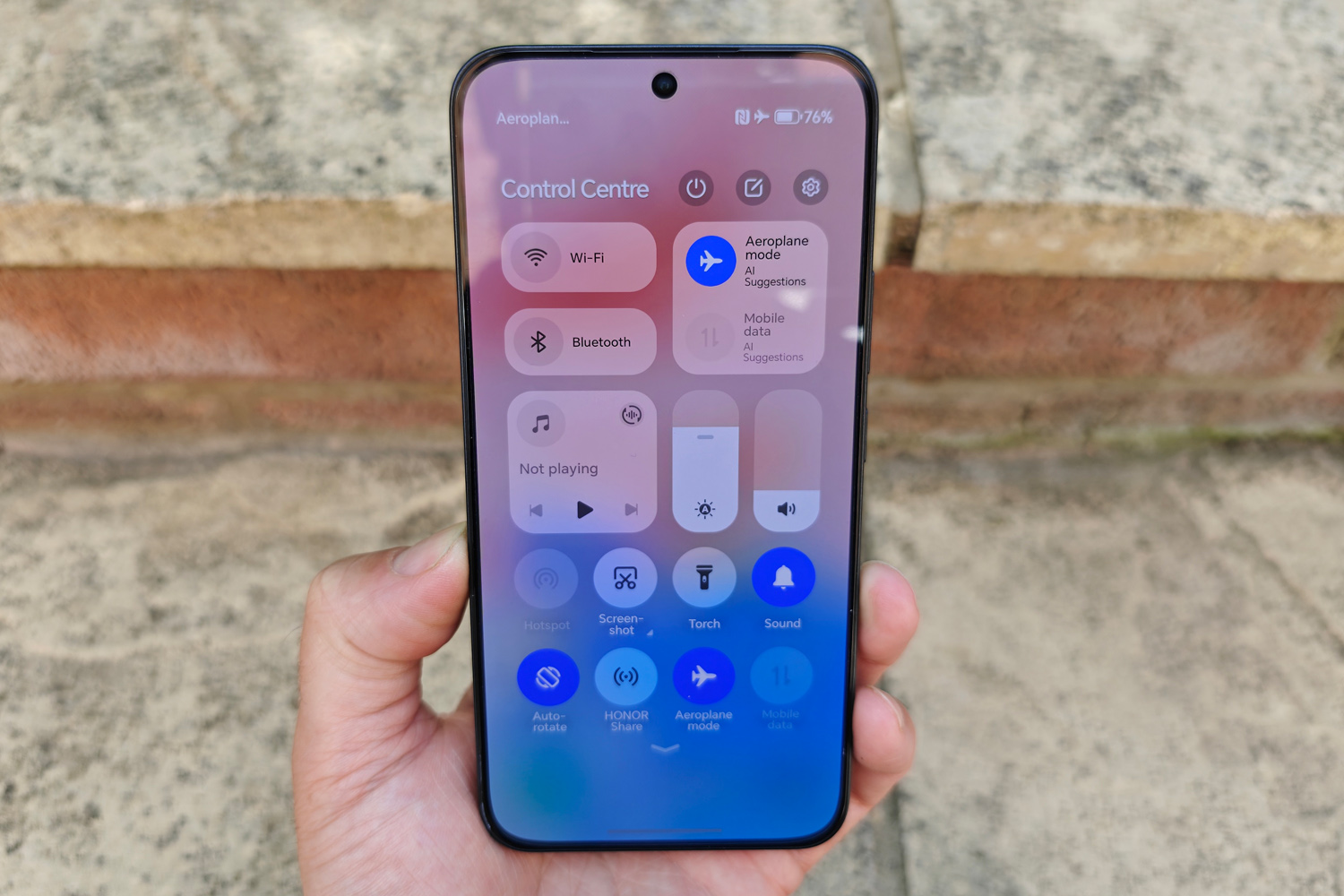
With essentially the same software selection as the 400 Pro, you’re getting Honor’s full suite of AI-enhanced apps here – not bad at all given the budget pricing. That includes automatic subtitles, voice transcription, live language translation and writing assistance, on top of Google’s usual Gemini voice helper and Circle to Search. I wouldn’t say anything here is significantly better than what rivals are doing, but the fact you’re getting it at all is a big win if that sort of tech is high on your wish list.
Magic Portal uses more contextual AI to suggest relevant apps and functions based on what image or text you drag to the side of the screen. While Magic Capsule sounds like it’d be similarly clever, it’s really just an Honor spin on Apple’s Dynamic Island. The shortcuts it pops over the front-facing camera slot are decent enough, but there aren’t that many of them. No third-party support, either.
I’ve tried quite a few Honor phones running MagicOS 9 at this point, but I’m still not a fan of the iOS-inspired layout, with your apps spread across multiple home screens by default. Happily you can enable an app drawer easily enough. It’s a shame you’ve got to spend so much time stripping out the bloatware when you first set up the phone, though. There’s quite a lot of it here, but as it’s a pretty common sight on other budget models this shouldn’t come as a huge surprise.
Buy this phone and you could be in for the long haul if you treat it well. Honor has committed to six years of new Android versions and six of security updates. That’s an excellent lifespan for such an affordable phone, and almost on par with class-leaders Google and Samsung.
Performance & battery life: you get what you pay for

With a Snapdragon 7 Gen 3 chipset and either 8 or 12GB of RAM running the show, the Honor 400 puts in a decent performance for a budget smartphone. OK, it won’t blitz through performance benchmarks with the ferocity of the Poco F7, so if raw numbers matter most you might be disappointed by its league table placing – and the fact this chip also appeared in the older Honor 200 will disappoint anyone planning a year-on-year upgrade.
That said, it’s no slouch, scoring similarly to the Motorola Edge 60 Fusion in many tests and hardly left behind by the Samsung Galaxy A56 either. Real-world performance felt perfectly nippy, with apps opening quickly enough and multitasking never grinding things to a halt. It never felt as responsive as a flagship – or even a mid-ranger – but equally wasn’t sluggish or frustrating to use at all.
As long as you keep your expectations in check, this phone can handle casual 3D gaming just fine. More demanding titles aren’t going to be hitting the Honor 400’s 120Hz refresh rate cap all that often (if at all), but Call of Duty Mobile didn’t throw up any obvious slowdown or stuttering.
Thermals are pretty good, too. The phone definitely heats up under prolonged heavy use, but never to the point that performance took a major dive.
| Honor 400 benchmark scores | |
| Geekbench 6 single-core | 1136 |
| Geekbench 6 multi-core | 3135 |
| Geekbench AI | 1460 |
| PCMark Work 3.0 | 12569 |
| 3DMark Wild Life Extreme | 1482 |
I expected the Honor 400 to put in a very respectable showing when it came to battery life, considering it has a sizeable 5300mAh cell to power a mid-tier chipset. While I had no trouble lasting a full day between charges, however, it wasn’t quite the longevity champ I’d hoped for.
My usual mix of 5G and Wi-Fi connectivity, GPS mapping, video streaming, Bluetooth music listening, social scrolling and camera use saw me dip towards 20% at the end of a long working day. Silicon carbide chemistry has quickly meant that sort of performance is now actually a bit middle of the road, and rivals with 6000mAh cells (or larger) are lasting that bit longer. It’s something to think about if you need a phone that can survive a weekend away from mains power.
Charging is by cable only, as wireless top-ups just aren’t in the budget for a phone this affordable. Provide a sufficiently beefy power brick and the Honor 400 will suck down juice at 66W. That’s enough for a full refuel in under an hour.
Honor 400 verdict
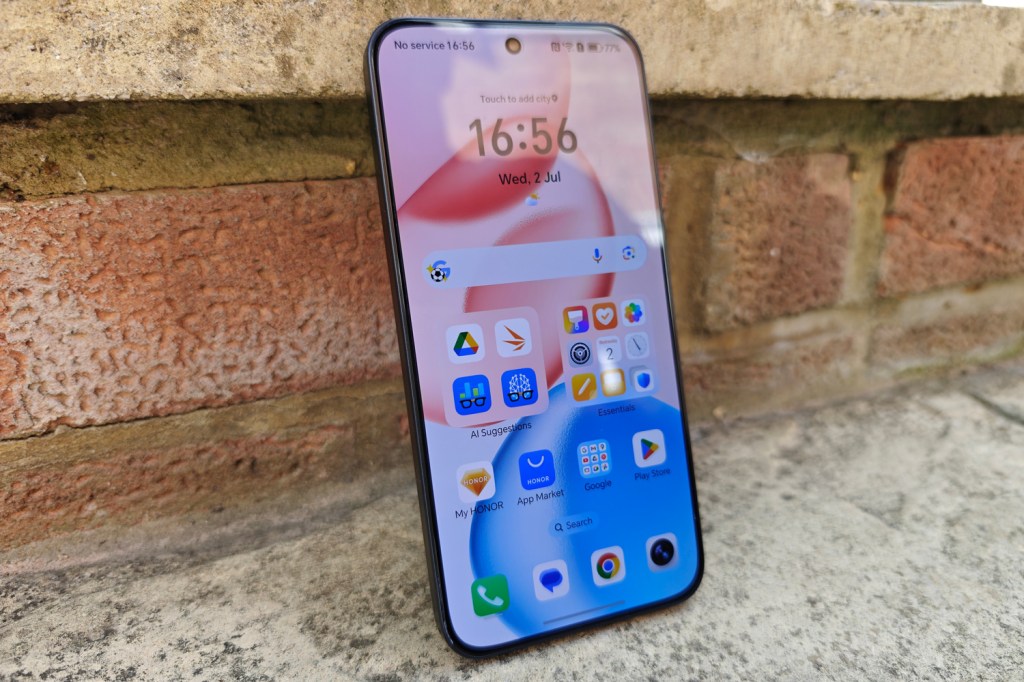
The affordable phone space is a veritable battle royale right now, with lots of brands packing in serious specs for comparatively little cash. While the Honor 400 comes out swinging with its clean looks, high pixel count camera and AI-packed software, it can’t quite land its punches in other areas.
It’s no performance powerhouse, at a point where rivals like Poco are putting chips from the class above in their cut-price handsets, and battery life is more respectable than revolutionary. Spend a little more and you can get proper endurance. There’s not a whole lot of breathing room between this and the last-gen Honor 200, either.
However, if you’re a fan of the looks – or value photography over trips to a power socket – and don’t want to raise your budget to a more mid-range alternative, the Honor 400 still holds a certain appeal.
Stuff Says…
A sharp-suited cameraphone with decent budget performance and battery life. The Honor 400 doesn’t skimp on AI either – but faces fierce competition at this price.
Pros
Clean styling belies the plastic build
Very capable main and selfie cameras
Impressive number of AI-assisted apps for an affordable phone
Cons
Not a huge year-on-year upgrade
Only average performance and battery life
Honor 400 technical specifications
| Screen | 6.55in, 2736×1264 AMOLED w/ 60-120Hz |
| CPU | Snapdragon 7 Gen 3 |
| Memory | 8/12GB RAM |
| Cameras | 200MP, f/1.9 w/ PDAF, OIS + 12MP, f/2.2 ultrawide w/ AF rear 50MP, f.2.0 front |
| Storage | 256/512GB |
| Operating system | Android 15 |
| Battery | 5300mAh w/ 66W wired charging |
| Dimensions | 157x75x7.3 mm, 184g |


